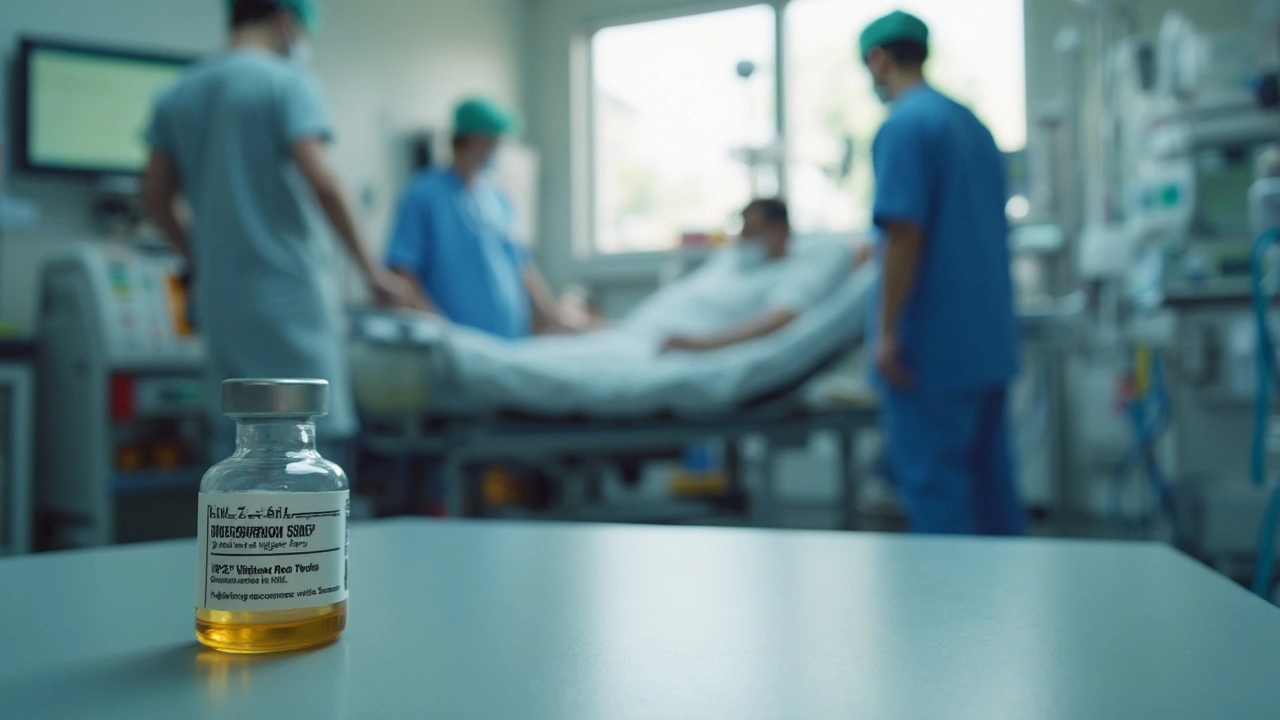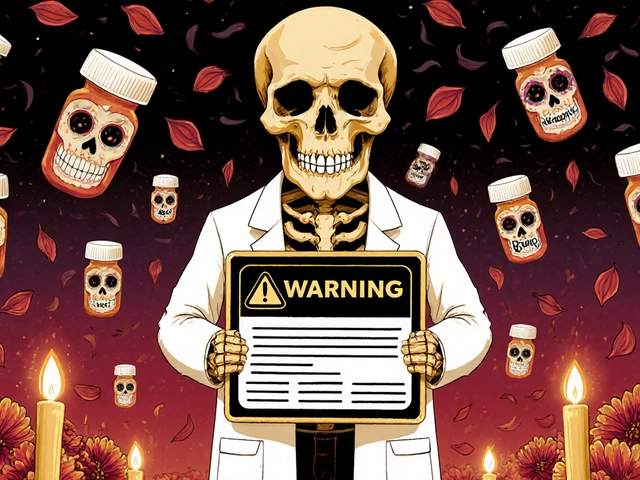Post‑Traumatic Coagulopathy: What to Spot and What to Do First
Severe bleeding after an injury can trigger a dangerous change in how the blood clots. That’s post‑traumatic coagulopathy — a fast, life‑threatening problem where the body either won’t clot or clots too poorly. If you’re with someone who has heavy bleeding after a crash, fall, or gunshot, quick action matters more than perfect technique.
Quick recognition and first steps
Look for ongoing heavy bleeding, pale or cold skin, fast breathing, confusion, or fainting. If bleeding is from a limb, apply direct pressure. Use a tourniquet for severe limb bleeding that won’t stop with pressure — it saves lives. For bleeding in the chest, belly, or head, rapid transport to the hospital is the priority because pressure and tourniquets can’t help there.
Keep the person warm and still. Hypothermia makes clotting worse. Avoid pouring lots of plain saline into the veins at the scene — too much can dilute clotting factors and worsen bleeding. If emergency responders are nearby, tell them when the injury happened; some treatments work best if started within a few hours.
What hospitals do and why it helps
At the hospital, doctors check blood tests that measure clotting (INR, aPTT), platelets, and fibrinogen. They may use bedside tests like TEG or ROTEM to see how the blood is clotting in real time. Many trauma centers run a massive transfusion protocol — that means giving red blood cells, plasma, and platelets in balanced ratios to replace lost blood and clotting components quickly.
Tranexamic acid (TXA) is a common, low‑cost medicine used early after major trauma to help prevent the breakdown of clots. It works best when given within about three hours of injury. If fibrinogen is very low, doctors replace it with cryoprecipitate or fibrinogen concentrate. They also treat the three big killers that worsen coagulopathy: low body temperature, severe acid build‑up (acidosis), and low calcium — all of which are corrected actively.
Surgery or interventional radiology may be needed to stop the bleeding source. Packing wounds, temporary clamping, or embolization (blocking a bleeding vessel) are common. The goal is damage control: stop the bleeding fast, stabilize the patient, and then finish repairs when the person is stronger.
Want practical takeaways? If you witness serious traumatic bleeding: call emergency services now, apply firm pressure, use a tourniquet for uncontrolled limb bleeding, keep the person warm, and get them to a trauma center. Hospitals have protocols that combine blood products, medicines like TXA, warmth, and targeted procedures — together these steps give the best chance of survival after post‑traumatic coagulopathy.

Desmopressin can make a real difference after severe trauma causes dangerous bleeding and clotting problems. This article explains how desmopressin works, why doctors turn to it in emergencies, and who actually benefits. You’ll get practical tips and the latest findings that matter for patients and healthcare workers. It’s all about saving lives when time is tight and options are few. You’ll even learn little-known facts about how this medicine is changing trauma care.
Chris Gore Apr 24, 2025




